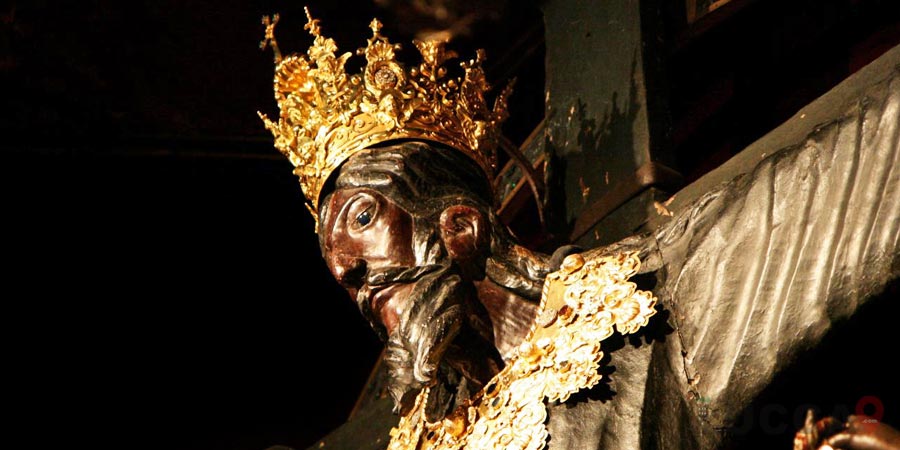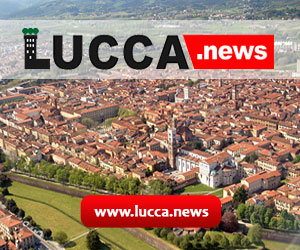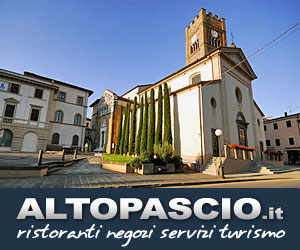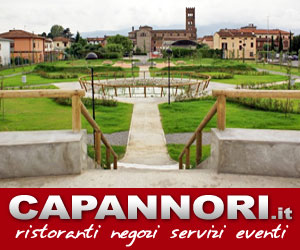
Volto Santo Via Duomo, 1, LUCCA, ,
Volto Santo or the Holy Face of Lucca is a Crucifix made of wood and is located in a small chapel in the San Martino Cathedral in Lucca. The legendary image is said to have appeared miraculously. Many critics have the opinion that the present Volto Santo is a copy of the original. It was made as the original copy got badly damaged. Current investigations point out that the image was crafted in between 11th and 13th century.
The Legend
According to the ancient and historic legend of the Leobino, the sculptor of the holy face was Nicodemus. His name is mentioned in Gospel of John, after the rise from the death of Christ and his attaining ascension. It was thought that only Nicodemus could paint the true face of Lord Christ. According to the legend, Nicodemus worked on the Holy Face during the day and slept after being tired. In the morning, he found that the cross was fully made because the angels worked on it the whole night. When Nicodemus neared his death, he gave the cross to Isacaar. Isacaar hid it inside Seleucio’s house so that it is not stolen or damaged by Jews. The Holy face was later found after many generations by Bishop Gualfredo, in a cave. It was later hidden by the bishop himself in the port of Luni. From there, the holy face entered into the city of Lucca in the year 742.
The small temple that was built by Matteo Civitali in the year 1484 currently hosts the image. The chapel is located on the left side aisle of San Martino Cathedral in Lucca. The ancient and veneered image is seen as a palladium (godly image or monument that can save the whole city). At this cathedral, a great festival like the Feast of Exaltation of Holy Cross takes place in September.
Description
The holy face shows Christ having long and dissolved hair. He has a beard and a moustache. The nose has an aquiline and long form. The eyes are open, rest in the silver foil and are made using powdered glass. The open eyes depict Christ in “Christ Triumphant” state or the triumph over death-resurrection state.
The figure of Christ wears the special robe or Colobium. Priests in medieval times dressed up with the robe. Wrist folds and sleeves are symmetrical and have equal sizes. Another typical priesthood features that the figure has been the tying of the dress at the waist with a double knot. The legs are parallel, and the tunic that is worn to the ankles shows only a glimpse of Christ's feet that do not cross each other. The sculpture is made of the wood of Lebanon Cedar and Walnut. The figure has a height of 2 meters and roughly 45 centimeters. The width is around 2 meters and 75 centimeters. The width is hence greater than the height and has the crucifixes. The dark color of the crucifix is because of darkening that is done by the smoke of the burning candles. Passage of time also has a role to play in the darkening of the figure. The soot of the figure is removed when the temple is opened for festivals during September 13th and May 3rd. Removing of the soot restores the original color of the Crucifix color.
The dome of the Holy Cross building has been decorated by the fishbone method. The State library of the city Lucca has the Code of Tucci Tognetti that says that this is not the original building of the Holy Cross and came to the present chapel before 1100. Hence what you see at the Cathedral may not be the original work.
Worship Outside Lucca
Many other cities of Italy have dedicated churches for worshipping the Holy Face or Volto Santo. Venice is one city where the famous and rich silk merchants of Lucca moved during upheavals. The city has the Holy face chapel by the name Church of Santa Maria Dei Servi. Other cities where the Holy Face is worshiped include Madrid and Valencia.
Find Tourist Attractions





